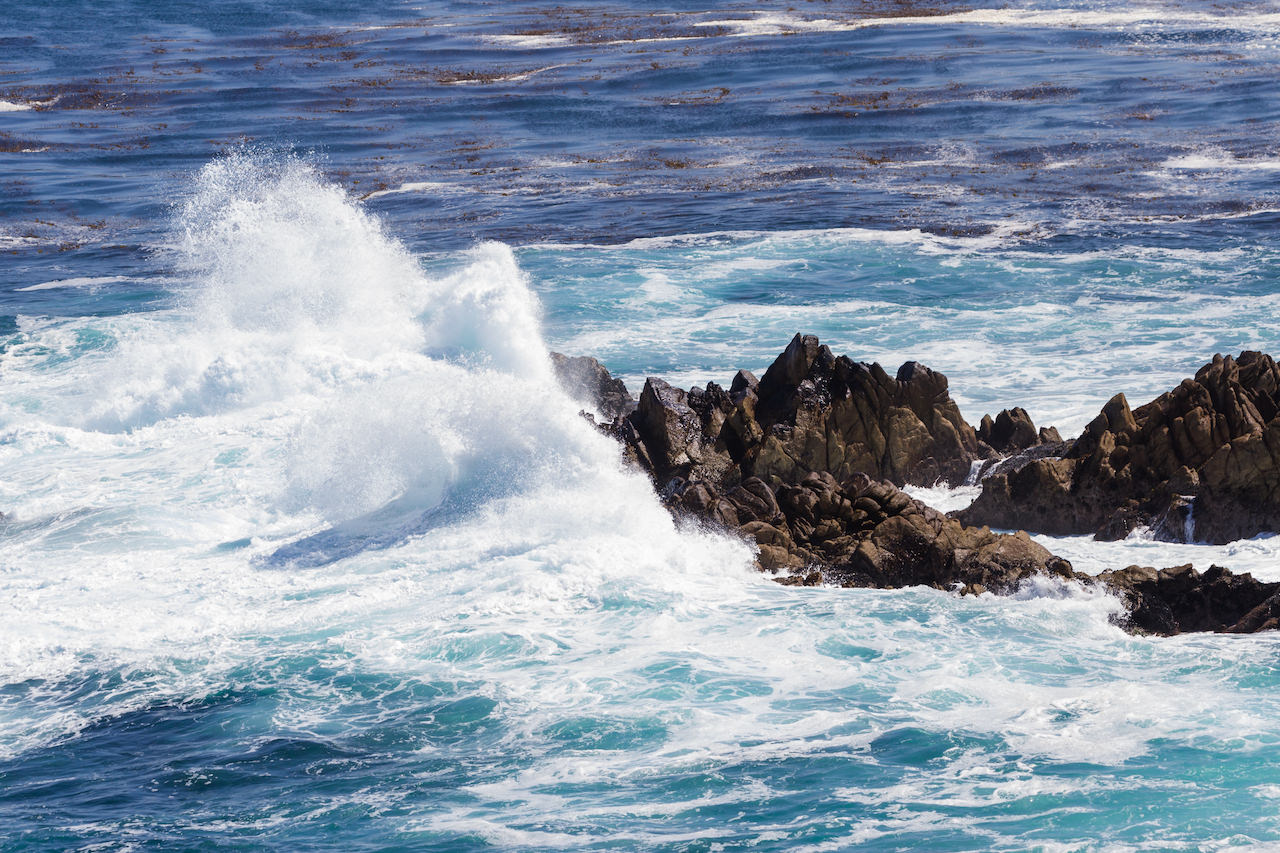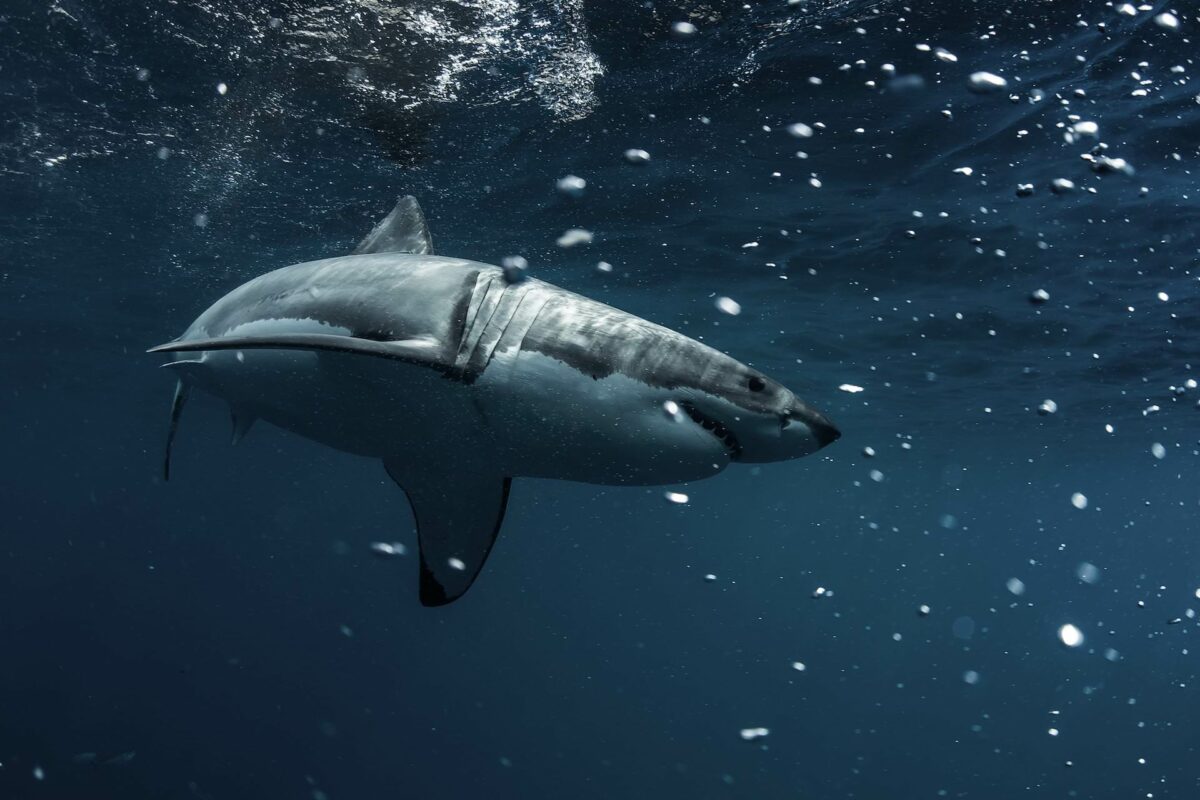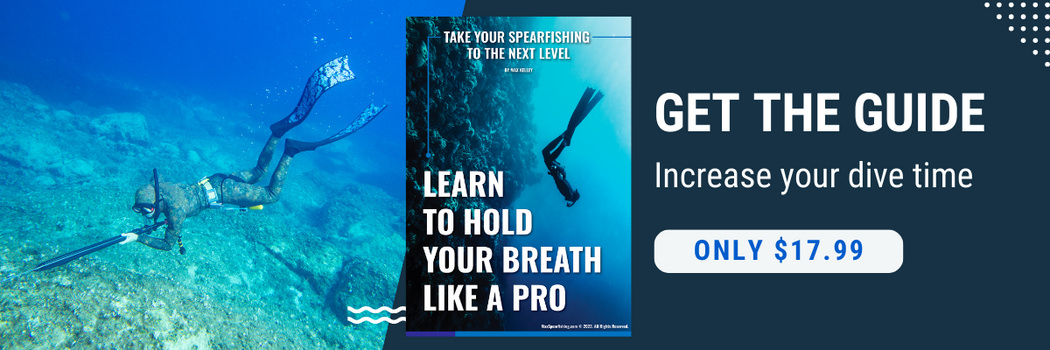No products in the cart.
Spearfishing Advice
What’s your scariest spearfishing moment?
Considering just how much of my life I spend talking about spearfishing, this is a question I get asked often.
And most people typically assume that it’ll have something to do with sharks. But, of course, sharks are the big scary thing in the oceans, and I’ve lost count of the times I’ve heard, “Oh, I could never do that. I’m afraid a shark will get me.”
Max Spearfishing is reader-supported. We may earn a small commission for purchases using our links. Click here to learn more.
What’s your scariest spearfishing moment?
Of course, I’ve had plenty of shark encounters, like most people who go spearfishing. Including one particularly nasty wobbegong that decided to nip me while I was pulling him out of a cave to get at the lobsters hiding in the back. Though I probably deserved that one! I’ve also experienced a shallow water blackout, a scary (and potentially life-threatening situation). But I still rank this as less scary than the story I’d like to tell today.
Because my scariest spearfishing moment came down to the weather and my cavalier attitude.
Unforgiving weather = my scariest spearfishing moment
I’d been abroad with work for almost a month, and when I came home, I was craving a dive. Not to mention some fresh seafood. But the conditions were dodgy at best.
The sky was grey and stormy. It hadn’t yet started to rain, but the weather was itching for things to turn sour. The wind was picking up, and there was quite a bit of swell with the tide coming in. Looking at over a sea of choppy white caps, I’ll be honest, I had a feeling in my gut that “this is a bad idea,” which I chose to ignore.
You see, this was my reef.
One I’d dived my entire life and knew like the back of my hand.
Despite only a couple of meters of visibility, I knew exactly where I was swimming, to the lobster holes that always provide. Being in the water was a little disorientating when it was so rough, and it took a lot longer to get there than I thought. But I lined up my waypoints on the shore and eventually found the spot.
I remember grinning when I reached the bottom, as two giant lobsters were sitting in the hole.
Again, getting them out was a challenge, and the weather wasn’t improving. Looking at the shore and the distance I’d have to swim around the reef to return to the sand, I made my second mistake. Choosing the most direct path to home, which was out and around the point.
The dangers of spearfishing along a reef
It was logical and would cut my swim home in half – while avoiding all the swell breaking over the reef.
The only trouble was the size of the breakers hitting the point. Because the open ocean was sending 6 to 8 feet swell crashing into the rocks. Each set delivered a massive cascade of spray and a boom as the waves crashed over.
Waiting for a lull between the sets, I had about a 30-meter swim to clear the danger zone and make it to the deeper water on the other side, where I’d be back on the sand within a few minutes. It was easily doable and something I’d done many times before. Waiting for the right moment, I kicked off with plenty of time to get clear.
Halfway through the swim, my tow line snagged. I’d gotten a little close to the rocks. A smaller wave had picked it up somehow, and the net bag with my freshly caught lobsters managed to wedge itself into a crack in the reef.

Then I made my third mistake…
With a sigh, I quickly checked to see if the coast was clear and swam back to free up my tow line. Somehow, I failed to notice the set that was coming in, and as soon as I’d pulled the bag and float free from the rocks, the first wave crashed onto my head.
Like a rag doll, I was picked up and dragged across the rocks in the shallow water.
Losing my grip on my speargun, the force of the wave ripped my mask from my face, and one of my fins came off as well. Two seconds later, the second wave hit.
It was all I could do to reach down and grab the rocks and hold on for dear life.
I couldn’t see.
I had one flipper. But I held it together as the third and fourth waves hit. I knew there’d be a lull eventually, and it felt like forever that I was spluttering and gasping for air. Half blind and choking from the seawater I’d swallowed, it was almost a surprise once it was over.
It took a second to compose myself, and as I pushed out into the water I could swim in, I spotted my mask in the rocks.
I could also see my tow line and float bobbing in the water. Swimming out to them, I found my speargun still attached to the other end. Happier still that the two lobsters were also fine in the bag.
Limping to shore, I let out a massive sigh of relief once the sand was under my feet and the danger had passed.
The ocean took my flipper (I never managed to find it), but I got a few presents for my risky behaviour. A gnarly gash that required ten stitches on my left palm (there’s a scar to this day). A tear in the leg of my wetsuit that was a bugger to fix, and the realization that the ocean is a dangerous place. That was my scariest spearfishing moment.
Lesson: Bad weather means no spearfishing.
So what have I learned?
Well, I like to think with age comes wisdom, and from this particularly scary spearfishing adventure, my lesson is this. Bad weather means no spearfishing. Find something else to do. I could have thrown a line in instead, or better yet, gone to the local supermarket and picked up some fresh fish there.
Because forget sharks. The ocean’s dangerous and bad weather only multiplies its dangers. So you need to be careful every single time you’re heading into the water, you need to be spearfishing in appropriate conditions, and you must never, ever dive alone.
Stay safe out there, everyone.
Happy spearing’


